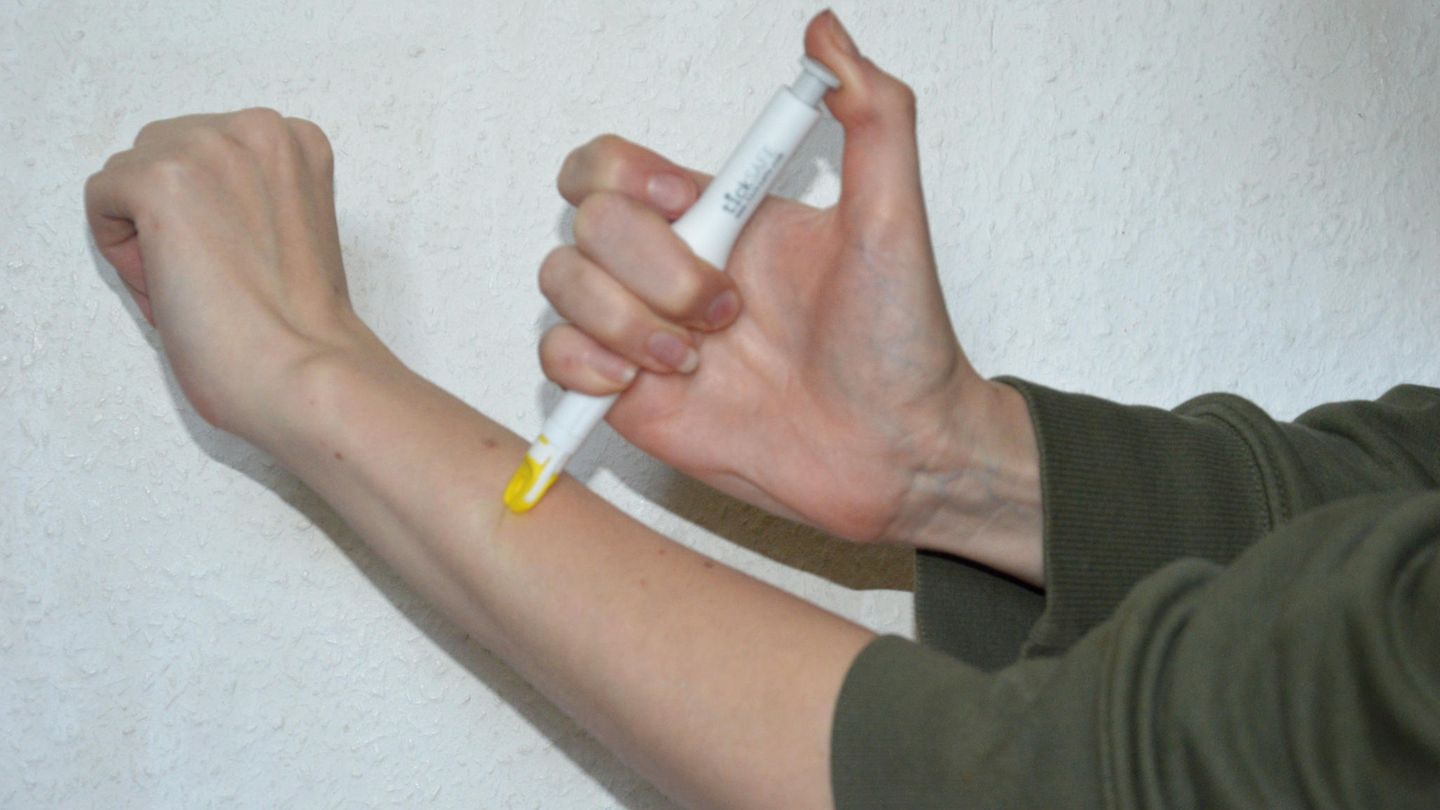For the first time, a report by the peace research institute Sipri shows the consequences of Russia’s war against Ukraine for the global arms trade.
The turning point triggered by the Russian war of aggression against Ukraine is hitting the arms market in Europe with full force. Imports of heavy weapons such as tanks, fighter jets and submarines to Europe have increased by 47 percent over the past two five-year periods – the European NATO countries by as much as 65 percent.
This emerges from a report published by the peace research institute Sipri in Stockholm on Monday. As a result of the Russian invasion in February 2022, Ukraine became the world’s third largest importer of armaments.
Bucking the trend
In contrast, the volume of arms deliveries between countries worldwide fell by 5.1 percent. The USA remains the industry leader, Germany remains one of the five largest suppliers. Sipri researcher Pieter Wezeman said: “Even if arms transfers have declined worldwide, those to Europe have risen sharply due to tensions between Russia and most other European states. After Russia’s invasion of Ukraine, European states want to import more arms – and faster .”
According to the report, more than half (56 percent) of the weapons purchased by these states come from the USA and 5.1 percent from Germany. The Ukraine suddenly became one of the largest buyers: Since gaining independence from the Soviet Union in 1991, it had hardly imported any heavy weapons. In 2022, however, military aid from the USA and Europe made it number three in the world. Only Qatar and India imported even more. In the period 2018-2022, Ukraine ranks 14th with 2.0 percent of global imports. Its third largest supplier behind the US and Poland is Germany.
USA and Russia dominant suppliers
“Before 2022, there were hardly any arms deliveries to Ukraine. They were at a very low level – especially considering their size and the fact that they have been at war since 2014,” Wezeman told the German Press Agency. This is the one part that has changed significantly. “The other part is that over the past decade, especially since 2014, European states have reacted significantly to what they see as a very large increase in the threat from Russia.” Increasing demand from most European countries is likely to have a much greater impact on import figures in the coming years.
The US and Russia have been the world’s dominant arms suppliers for decades. But the gap between them is growing: While the USA is still number one among exporters with a share of 40 percent, Russia’s share has fallen significantly to 16 percent. France is number three with strong gains to 11 percent. The armaments industry there also has significantly more outstanding major orders than Russia. That is why Sipri does not consider it impossible that France will overtake Russia.
Sanctions work
The volume of Russian arms exports fell by 31 percent when comparing the periods 2013-2017 and 2018-2022, particularly sharply in the past three years. The researchers believe that this trend will continue because of the Ukraine war: Russia’s armed forces need the weapons themselves. In addition, demand from other countries is likely to remain low because of the sanctions against Russia and the increasing pressure from the West on these states.
The five largest export countries are completed by China and Germany. According to the report, the German export volume fell by 35 percent in a five-year comparison. The Federal Republic thus had a 4.2 percent share of global exports (previously: 6.1 percent). Countries in the Middle East were the largest buyers of German armaments.
“With Germany, we’ve seen such fluctuations before. This is often related to a relatively small number of major orders for naval equipment, particularly submarines and frigates,” Wezeman said. There have been delays in several major projects, such as submarine deliveries to Turkey, Israel and Singapore. “Based on this, it would not be surprising if German arms exports rose again.”
The Sipri data refers to the volume of arms deliveries, not their financial value. The independent institute is concerned with long-term global trends: Since the volume can vary greatly from year to year depending on the order situation, the peace researchers focus on five-year periods instead of individual years. This time they made an exception for the Ukraine due to the war.
Source: Stern
I have been working in the news industry for over 6 years, first as a reporter and now as an editor. I have covered politics extensively, and my work has appeared in major newspapers and online news outlets around the world. In addition to my writing, I also contribute regularly to 24 Hours World.




